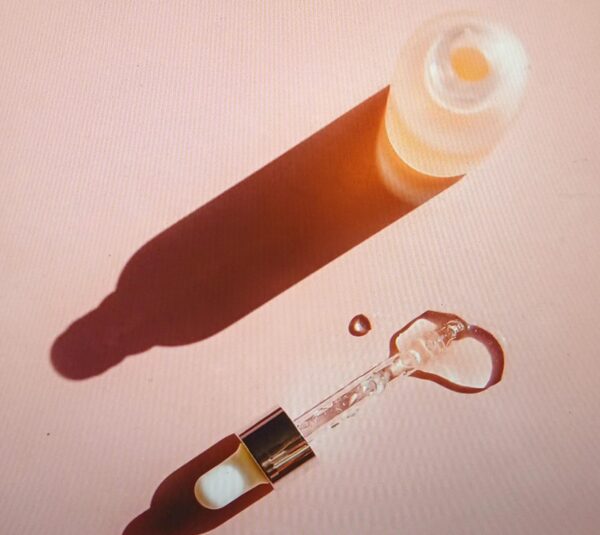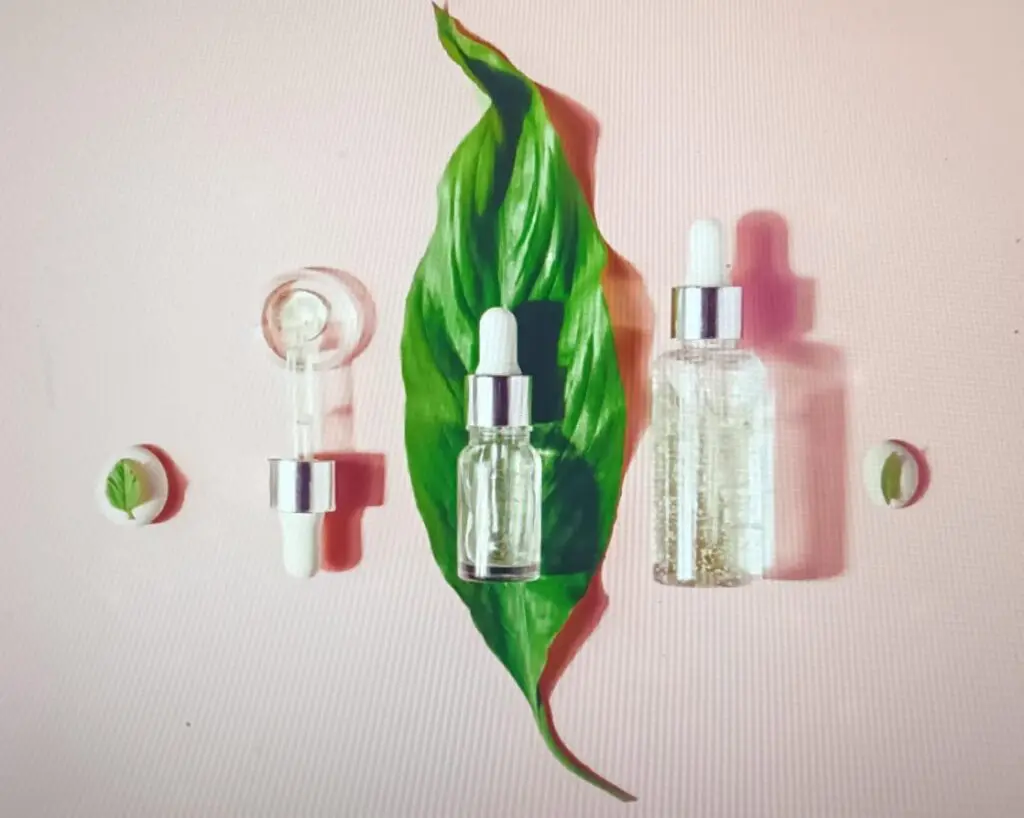
Guide to Azelaic Acid for Skin
Azelaic acid used to be a hidden gem in skincare, primarily recognized in medical circles. Now, thanks to solid evidence backing its effectiveness, it has become popular for treating a range of skin concerns.
Azelaic acid can help reduce breakouts, fade post-acne marks, even skin tone, and calm sensitivity, making it an ingredient worth exploring. Here is a closer look at this skin-friendly acid.
What is Azelaic Acid?
Azelaic acid is a gentle, skin-compatible dicarboxylic acid. Its unique action targets and blocks the causes of common skin issues—like uneven skin tone, dark spots, and sensitivity.
Extracted from grains like barley, wheat, and rye, azelaic acid is also synthetically produced for better stability in skincare formulas.
Read our article for the best azelaic acid products in Pakistan.
Key Benefits of Azelaic Acid
Research has shown that azelaic acid is effective even in lower concentrations, providing multiple skin benefits:
Bacteria Control: Azelaic acid effectively reduces acne-causing bacteria on the skin. Research shows that creams with 15%-20% azelaic acid can significantly help in minimizing acne by targeting the bacteria involved.
Gentle Exfoliation: It gently exfoliates the skin, helping to unclog pores and smooth the skin’s surface.
Even Skin Tone: Fades dark spots and post-acne marks
Calming Sensitivity: Reduces redness and irritation, making it suitable for sensitive skin
Antioxidant Boost: Adds to skin’s resilience against damage
How Azelaic Acid Works for Different Skin Concerns
Azelaic acid is a powerful, multitasking ingredient in skincare that addresses various skin issues, from improving tone and texture to reducing redness and sensitivity.
Its versatility makes it a popular choice for many people, whether dealing with dark spots, sensitivity, or an uneven skin surface.
Dark Spots & Uneven Skin Tone
One of azelaic acid’s most well-known benefits is its ability to fade dark spots and even out skin tone.
It works by inhibiting tyrosinase, an enzyme responsible for producing melanin, which is the pigment that causes dark spots and uneven patches.
By interfering with this process, azelaic acid helps lighten existing spots and prevents new ones from forming.
This effect is often compared to vitamin C, as both are effective in addressing hyperpigmentation.
Azelaic acid can help with discoloration caused by inflammation, environmental damage, hormonal changes, or previous skin injuries, offering a brighter and more uniform complexion.
Redness and Sensitivity
Azelaic acid is equally effective in calming skin that’s prone to redness and irritation.
It is particularly beneficial for individuals with sensitive or rosacea-prone skin, as it helps to reduce visible redness and soothes inflamed areas.
Although more research is needed to fully understand how azelaic acid achieves this, current studies have already highlighted its ability to alleviate symptoms associated with sensitive skin conditions, including rosacea and eczema.
Its gentle nature means it can provide significant results without causing additional irritation, making it a suitable option for sensitive skin types.
Improving Skin Texture
Azelaic acid also improves skin texture by acting as a mild exfoliator. As a dicarboxylic acid, it possesses keratolytic properties, meaning it helps to break down and shed dead skin cells that can clog pores and make the skin look dull or rough.
By gently removing these outer layers, azelaic acid refines the skin’s surface, leading to a smoother, more radiant appearance.
Regular use of azelaic acid can also minimize the appearance of clogged pores and bumps, resulting in a clearer, healthier look over time.
Best Practices for Using Azelaic Acid
Azelaic acid is a flexible ingredient that pairs well with most other skincare products. Apply it once or twice daily, depending on the concentration and your skin’s tolerance.
You can use it after cleansing and toning, or mix it into your favorite serum or moisturizer. During the day, always follow with SPF 30 or higher to protect your skin.
Who Can Use Azelaic Acid—and Who Should not
Azelaic acid generally suits all skin types, including sensitive skin, thanks to its gentle yet effective nature.
Who Can Benefit: Those with blemish-prone skin, uneven skin tone, sensitive skin, and those dealing with redness or rough texture.
Who Should Be Cautious: While rare, some people may experience irritation. If you notice discomfort, reduce the frequency or consult a dermatologist.
How Soon Will You See Results with Azelaic Acid?
While azelaic acid can start soothing sensitive skin from the first use, more visible improvements in dark spots and tone usually appear after consistent use for 1 to 3 months. Always pair it with daily SPF for best results.
Possible Side Effects of Azelaic Acid
Azelaic acid is gentle, but some people with very sensitive skin may experience mild dryness, flaking, or irritation. If this happens, reduce usage frequency or apply a hydrating moisturizer afterward.
Azelaic Acid and Skin Purging
When introducing an acid-based skincare product like azelaic acid, your skin might go through a phase known as “purging.” While not an official medical term, purging is common in skincare circles and describes a temporary increase in breakouts that can make your skin appear to worsen initially.
This reaction happens as the product accelerates cell turnover, helping dead skin cells shed more rapidly, which can bring hidden impurities to the surface.
Although this process can be frustrating, it’s usually short-lived and a positive sign that the product is working beneath the surface.
Azelaic acid is a gentle ingredient compatible with various skin types and tones, so if you do experience purging, rest assured that this phase typically fades quickly. Afterward, you are likely to see a clearer, more refined complexion as your skin adjusts to the treatment.
Patience is key—once purging subsides, azelaic acid can reveal smoother, more even-looking skin.
How to Use and Layer Azelaic Acid with Other Skincare Ingredients
Comparing Azelaic Acid with AHAs and BHAs
Azelaic acid shares some benefits with AHAs (like glycolic acid) and BHAs (like salicylic acid) but has unique qualities. While it can mildly exfoliate, it does not work as intensively as AHAs or BHAs.
Instead, itis particularly effective for evening skin tone and calming sensitivity, areas where AHAs and BHAs may not be as effective.
Can They Be Used Together?
Yes, combining azelaic acid with AHAs or BHAs can provide enhanced benefits for multiple concerns like texture, tone, and signs of aging.
Can Azelaic Acid and Vitamin C Be Used Together?
Yes, azelaic acid and vitamin C make a great pairing. Together, they can work faster to brighten skin, reduce marks, and even out tone. You can layer products with each ingredient or find a formulation that contains both. If using during the day, follow with sunscreen.
Using Azelaic Acid with Retinol
Azelaic acid and retinol can be safely used together. This combination is particularly effective for those aiming to address uneven tone, texture, and signs of aging.
If you experience sensitivity, consider using azelaic acid in the morning and retinol at night. For prescription versions, consult with a dermatologist.
Ingredients to Avoid When Using Azelaic Acid
Azelaic acid generally works well with most ingredients, including niacinamide and peptides.
However, if using a prescription-strength formula, it is best to consult your doctor on any potential interactions with other active ingredients.
Conclusion: Azelaic acid
In summary, azelaic acid is a multi-purpose gentle skincare ingredient that addresses a variety of skin concerns, from dark spots to redness.
It is suitable for most skin types, making it an excellent choice for sensitive and acne-prone skin.
With regular use, it can help even out skin tone, improve texture, and soothe irritation.
Adding azelaic acid into your routine may result in a clearer, smoother complexion. Just remember, patience and consistency are key for optimal results.
Related:
8 Best Anti-Aging and Wrinkle Creams in Pakistan
Anti-Pollution Skincare: Essential Tips for Protecting Your Skin

Education: University of Peshawar
Abrar Ahmad holds a Master’s degree in Chemistry and has been writing about skincare for over five years. With a deep understanding of ingredients and their impact on the skin, he enjoys sharing practical, science-based skincare advice. When not writing, he loves playing with his kids.



